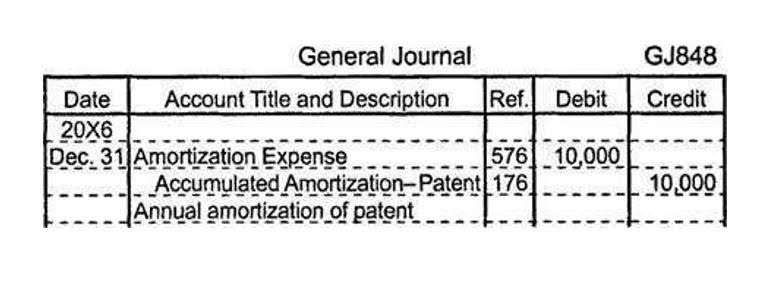
Some investors prefer companies that pay dividends because they provide a Bookkeeping for Veterinarians source of regular income. Additionally, dividend payments can signal that a company is doing well financially. 1.96 Where subsection 83(2.1) applies, the dividend will be deemed to be received by the shareholder as a taxable dividend that will be included in the shareholder’s income. If the dividend recipient is a corporation it will not be included in computing that recipient corporation’s CDA. On Day 1 a corporation declares a dividend payable on Day 4 to all shareholders of record at the end of Day 2. Marc owns shares of the corporation at the end of Day 2 and disposes of those shares on Day 3.

Share
A company often issues a special dividend to distribute profits that have accumulated what is a dividend account over several years and for which it has no immediate need. Financial websites or online brokers will report a company’s dividend yield, which is a measure of the company’s annual dividend divided by the stock price on a certain date. Dividends are considered an indication of a company’s financial well-being. Once a company establishes or raises a dividend, investors expect it to be maintained, even in tough times. Investors often devalue a stock if they think the dividend will be reduced, which lowers the share price. Dividends can be paid out in cash, or they can come in the form of additional shares.

What type of account is the Dividends account?
- The company’s management may have a plan for investing the money in a high-return project that could magnify returns for shareholders in the long run.
- Before opening an account, it’s a good idea to shop around and compare not only rates but also fees and requirements to earn the advertised rate or avoid fees to make sure you can fully benefit from the account.
- This occurrence is rare in smaller businesses or businesses that are investing in rapid growth, but common in corporations with good cash flow that have reached a titanic size, such as Walmart.
- The dividend per share is forecast to climb by another 7.48% to 15.8p in 2026.
- While each paragraph in a chapter of a folio may relate to provisions of the law in force at the time it was written (see the Application section), the information provided is not a substitute for the law.
- Following the record date, the payment date is when the company actually distributes the dividends to shareholders.
We believe everyone should be able to make financial decisions with confidence. And while our site doesn’t feature every company or financial product available on the market, we’re proud that the guidance we offer, the information we provide and the tools we create are objective, independent, straightforward — and free. NerdWallet, Inc. is an independent publisher and comparison service, not an investment advisor. Its articles, interactive tools and other content are provided to you for free, as self-help tools and for informational purposes only.
- Going forward, generally, the non-taxable portion of capital gains realized on the disposition of a capital property, including a depreciable property under Class 14.1, is added to Component 1 of the corporation’s CDA in ¶1.27.
- 1.45 As indicated in ¶1.27, the first component of the CDA is the excess of the non-taxable portion of capital gains over the non-deductible portion of capital losses realized by the corporation over the relevant period.
- Shareholders who own dividend-paying stocks would calculate their payout using a dividend payout ratio.
- When interim financial statements are issued, the amount reported for the corporation’s retained earnings will be the combination of the credit balance in the Retained Earnings account and the debit balance in the Dividends account.
- Typical dividend checking account rates vary widely depending on the financial institution and the account balance.
- The corporation may elect, under subsection 83(2), that the separate dividend be deemed to be a capital dividend.
- When a company pays a dividend, each share of stock of the company you own entitles you to a set dividend payment.
Other Services

A business’ CDA also increases when other companies pay capital dividends to the business. A company that receives life insurance proceeds in excess of recording transactions the cost basis of the life insurance, will have the excess amount added to the CDA balance. Lastly, certain distributions made by a trust to a corporation at the end of the trust’s taxation year increase the balance in a firm’s capital dividend account. A dividend reinvestment plan (DRIP) allows investors to reinvest the money earned from dividend payments into more shares, or fractional shares, of that stock. A DRIP can help investors take advantage of compounding returns as they benefit from a growing share price, additional shares of stock, and regular dividend payments. The periodic payments from dividend stocks can be useful when utilizing a dividend reinvestment plan.
COMPANY

They can also appeal to investors who prefer to increase their equity stake in the company. However, stock dividends can dilute the value of each share, potentially affecting the stock price. Companies pay these dividends in cash directly to shareholders, typically on a quarterly basis. The amount is usually expressed as a fixed amount per share, and the payment reflects the company’s current profitability and cash flow. For instance, if a company declares a cash dividend of $1 per share and an investor owns 100 shares, they will receive $100.
Dividends signal that a company has stable cash flow and is generating profits. If a company’s board of directors decides to issue an annual 5% dividend per share, and the company’s shares are worth $100, the dividend is $5. Economists Merton Miller and Franco Modigliani argued that a company’s dividend policy is irrelevant and has no effect on its stock price or its cost of capital. The company’s management may have a plan for investing the money in a high-return project that could magnify returns for shareholders in the long run. Dividends are the percentage of a company’s earnings that is paid to its shareholders as their share of the profits.